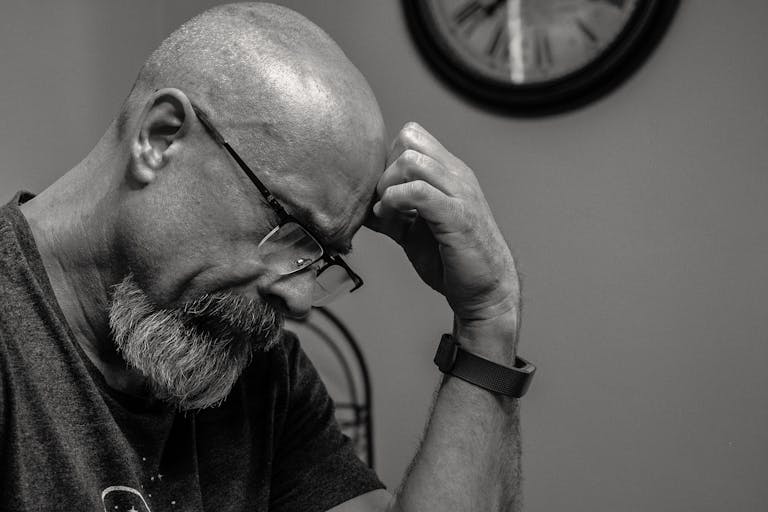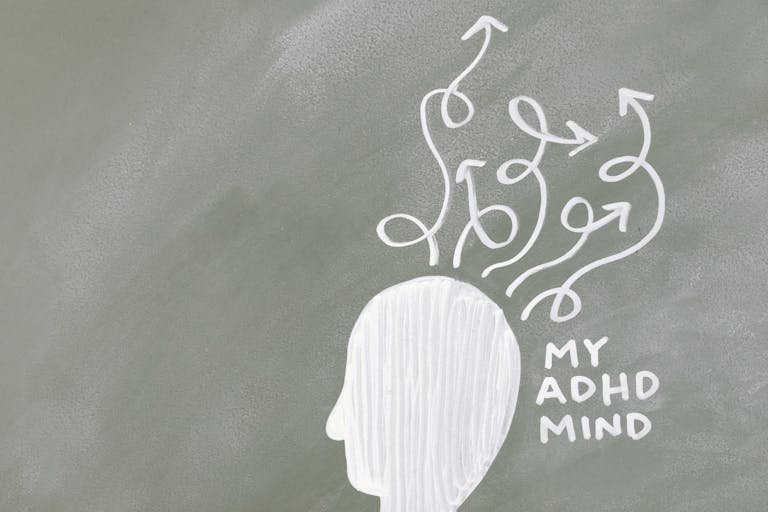Community-Based Program Helps Families Engage Better in ADHD Care
A new pilot study led by researchers at Ann & Robert H. Lurie Children’s Hospital of Chicago and Boston Medical Center has found that a community-driven approach can make a major difference in how families engage with ADHD (Attention-Deficit/Hyperactivity Disorder) treatment. Instead of relying solely on doctors and clinical providers, this program uses trained community health workers (CHWs) — nonclinical individuals who understand the culture, challenges, and strengths of the communities they serve.
The study, published in the Journal of Attention Disorders, showed that this approach improved treatment participation, boosted family confidence, and helped overcome barriers like stigma, cost, and access. For families raising children with ADHD, the results are promising — especially for Black, Hispanic, and Asian families, who have historically received less ADHD care than white families.
Why This Study Matters
ADHD is a neurodevelopmental condition that affects roughly 6–8% of children. Symptoms often include hyperactivity, impulsivity, and difficulty maintaining attention, which can impact school performance, relationships, and even long-term employment and wellbeing. While ADHD is treatable — with medications, behavioral therapy, and school accommodations — not every child gets the help they need.
Research has shown that children from racially or ethnically minoritized backgrounds face greater obstacles in accessing ADHD care. Many receive fewer doctor visits and less medication support, partly due to logistical hurdles (insurance issues, lack of transportation, or childcare), but also due to stigma and implicit bias within healthcare systems. The new study takes an innovative step toward addressing these inequities.
The Intervention: START Program
The intervention — called START (SupporT for ADHD and Related Treatment) — was designed specifically to close these gaps. It’s a community-based program where trained community health workers meet with parents and caregivers to provide practical education, emotional support, and strategies for navigating ADHD care systems.
The program consists of six one-hour sessions, typically completed over several weeks. During these sessions, caregivers learn about ADHD and its treatment options, clarify myths versus facts, discuss the role of stigma and discrimination, and gain communication skills for advocating for their child in schools and healthcare settings.
The goal is not to replace professional medical treatment, but to empower families to understand their child’s needs, feel confident in seeking care, and make informed choices about medication, therapy, and school support.
How the Program Was Developed
To ensure cultural sensitivity and relevance, the researchers didn’t build the intervention in isolation. They worked closely with a Community Advisory Board made up of racially and ethnically diverse caregivers, school staff, child mental health professionals, equity researchers, and pediatric providers.
This advisory board helped identify real-life challenges families face when managing ADHD and guided the creation of the educational materials. Feedback from families was also used to continuously refine the program, ensuring it remained understandable, respectful, and applicable to families’ daily lives.
Study Design and Participants
The pilot study included 18 caregivers of children aged 6 to 12 years, all of whom had recently received an ADHD diagnosis. Out of these, 15 caregivers completed the intervention, 16 completed all study questionnaires, and 13 participated in post-program interviews.
These families took part in pre- and post-intervention assessments that measured changes in ADHD treatment use, caregiver confidence, and attitudes toward stigma.
The program was carried out at Boston Medical Center and Boston University’s Chobanian & Avedisian School of Medicine, in collaboration with the Lurie Children’s Hospital and Northwestern University Feinberg School of Medicine.
What Changed After the Program
The results showed a clear improvement in treatment engagement and caregiver attitudes:
- Medication use increased from 38% to 50% after the program.
- Therapy use jumped from 31% to 69%.
- School accommodations, such as individualized education plans or classroom support, rose significantly from 38% to 88%.
Overall, 94% of caregivers said the program made them feel more confident in seeking ADHD treatment for their children. Most participants also said they were more likely to consider medication (69%), therapy (75%), and school services (88%) after learning more about these options.
Nearly nine out of ten participants found the intervention helpful, and many reported that the sessions helped them confront their own stigma about ADHD — as well as how to handle negative attitudes from others.
Addressing Stigma and Bias
One of the most powerful aspects of the program was its focus on stigma reduction. Many caregivers said they initially felt ashamed or blamed for their child’s ADHD diagnosis. Through guided discussions, they learned how stigma can create barriers to seeking care and how to reframe ADHD as a treatable condition, not a personal or cultural failure.
This component was crucial, especially for families from communities where mental health conditions are often misunderstood or associated with negative stereotypes. By normalizing ADHD and promoting open dialogue, the program helped parents feel empowered rather than judged.
Feasibility and Next Steps
Researchers found that the community-based model is not only feasible but also scalable. Training nonclinical workers who already have trust within the community can extend mental health outreach far beyond traditional clinic walls.
The team plans to expand this research with a larger randomized clinical trial to confirm the effectiveness of the START program. If results continue to be positive, similar interventions could become part of standard ADHD care — especially in underserved communities where traditional treatment approaches have not been enough.
Why Community Health Workers Could Be the Future of ADHD Support
Community health workers have long been effective in tackling public health challenges such as asthma management, diabetes care, and vaccination outreach. Their success lies in personal connection and accessibility — they understand community norms, speak the same language, and know how to meet families where they are.
In the context of ADHD, this model could help overcome decades of treatment disparity. CHWs can act as bridges between families and healthcare systems, helping parents feel heard and respected. They can also ensure that children stay connected to ongoing care — something that often drops off after an initial diagnosis.
Understanding ADHD: A Brief Overview
ADHD isn’t caused by bad parenting, excessive screen time, or lack of discipline — though these myths persist. It’s a neurobiological condition influenced by genetics and brain development. While ADHD can’t be cured, it can be managed effectively with the right combination of medical treatment, behavioral therapy, and school accommodations.
Early identification and consistent support make a huge difference. Children who receive timely treatment often experience better academic performance, healthier relationships, and improved emotional wellbeing.
Unfortunately, barriers like stigma, misdiagnosis, and limited access to specialists mean many children — especially from marginalized communities — don’t get the help they deserve. Programs like START are a practical way to begin fixing that imbalance.
The Takeaway
This pilot study offers a hopeful example of how community-based solutions can reduce health inequities and make ADHD care more accessible. By focusing on education, empathy, and empowerment, community health workers can help families feel more confident, less isolated, and better equipped to advocate for their children.
It’s a reminder that improving mental health care isn’t just about prescribing medication — it’s also about building trust, listening to communities, and breaking down barriers that have kept too many children from getting the care they need.
Research Reference:
Equity-Centered Development of a Community Health Worker Intervention to Improve Engagement in Care for ADHD – Journal of Attention Disorders (2025)






